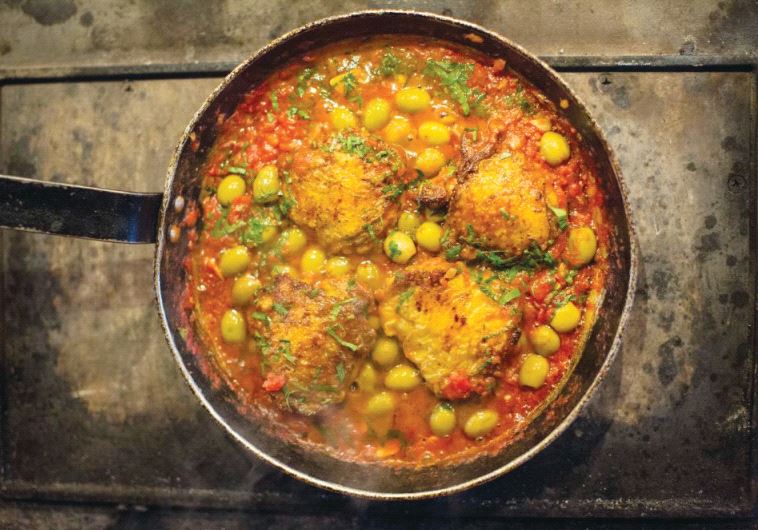From Tex-Mex to Rugelach: Four great new cookbooks
Select any one of these latest cookbooks to begin experimenting with new and exciting flavors in the kitchen.
 Chicken Thighs in green olive and tomato sauce from ‘The Palomar Cookbook.’(photo credit: HELEN CATHCART)
Chicken Thighs in green olive and tomato sauce from ‘The Palomar Cookbook.’(photo credit: HELEN CATHCART)